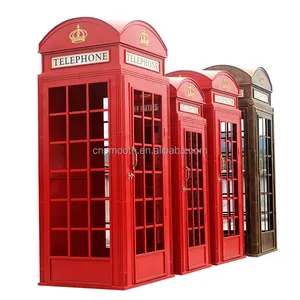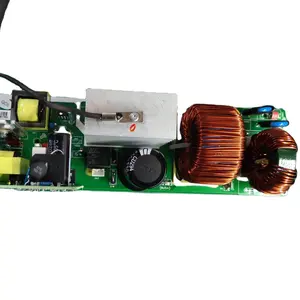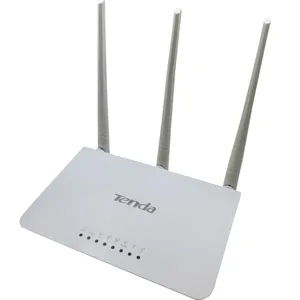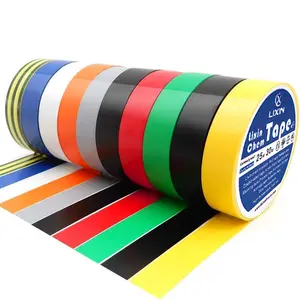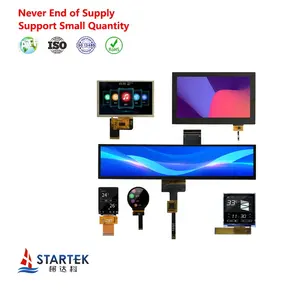Popular in your industry


























































Top categories
About 1206 lcd module
Introduction to 1206 LCD Modules
The 1206 LCD module is a prevalent component in the realm of electronic displays. This category encompasses a variety of small-scale liquid crystal displays that are integral to numerous devices. The 1206 designation refers to the module's compact size, making it a versatile choice for applications where space is at a premium.
Types and Configurations
Diversity in types and configurations is a hallmark of the 1206 LCD module category. These modules come in monochrome variants, offering different resolutions and contrast ratios. Some are equipped with LED backlights for enhanced visibility, while others might feature reflective surfaces for better outdoor readability.
Applications and Uses
The application range of 1206 LCD modules is broad, extending from industrial control panels to consumer electronics. They are commonly found in handheld devices, instrumentation displays, and other compact electronic systems where information display is essential but space is limited.
Features and Materials
1206 LCD modules are known for their low power consumption and lightweight construction. The materials used in these modules are chosen for durability and performance, including the liquid crystal display, the PCB (Printed Circuit Board), and the connecting interface which is often a zebra strip or a series of pins.
Advantages of 1206 LCD Modules
The advantages of using 1206 LCD modules include their energy efficiency and longevity. These modules are designed to offer clear display quality with minimal power draw, which is crucial for battery-operated devices. Additionally, their slim profile allows for sleeker device design.
Selection Considerations
When selecting a 1206 LCD module, it is important to consider the module's interface type, resolution, and environmental operating conditions. It is also crucial to evaluate the display's contrast ratio and viewing angle to ensure it meets the specific requirements of the application.
